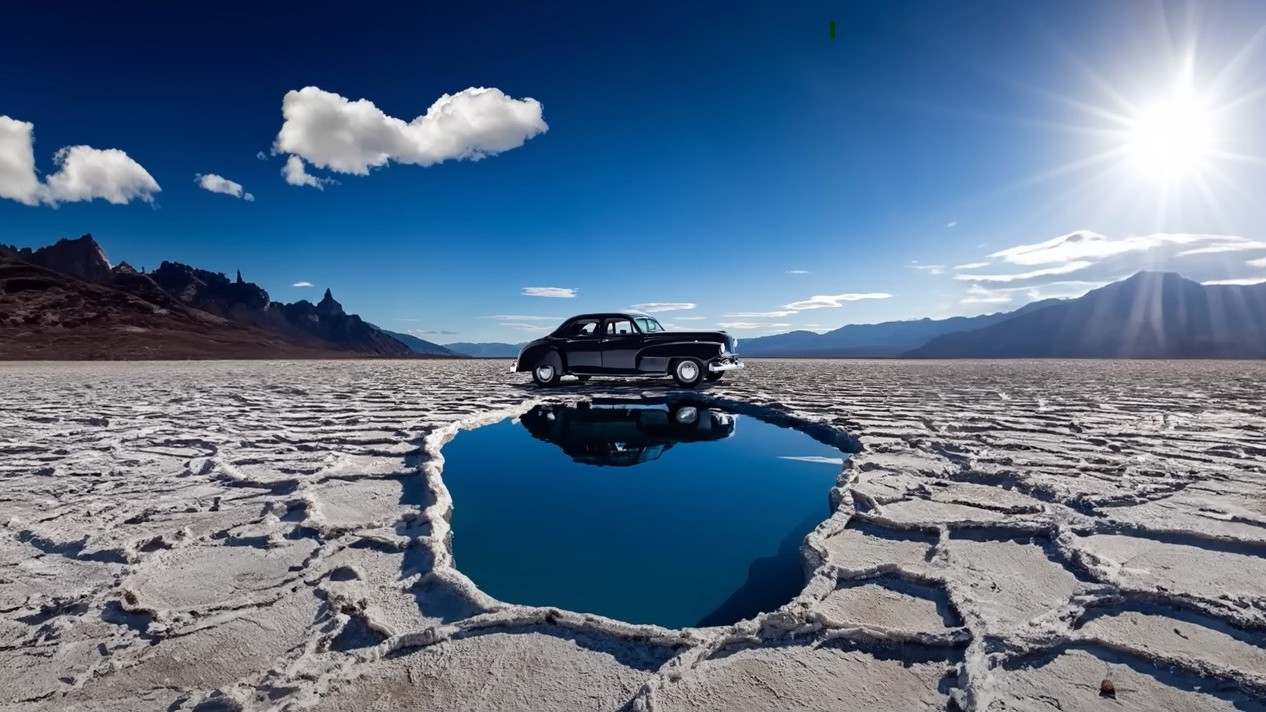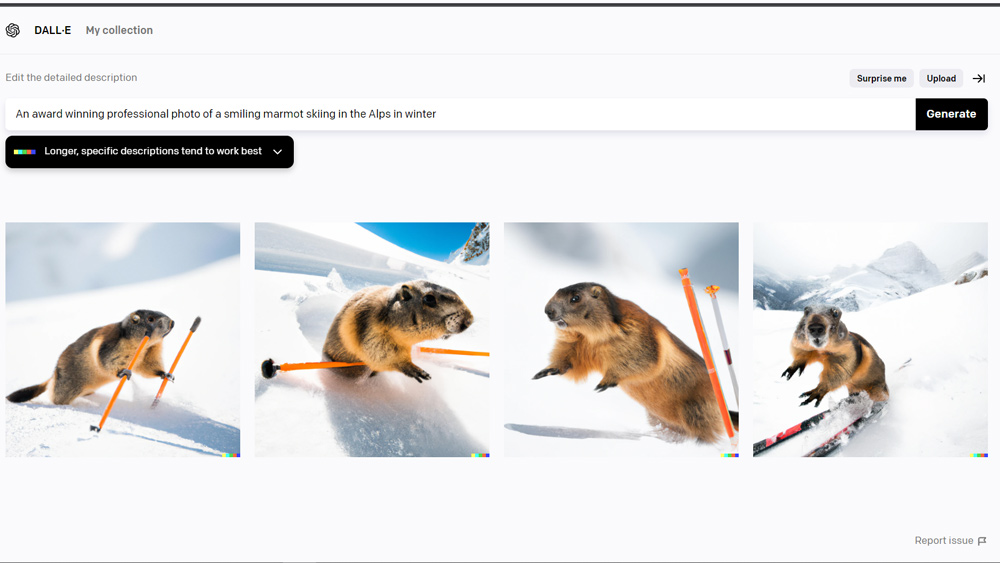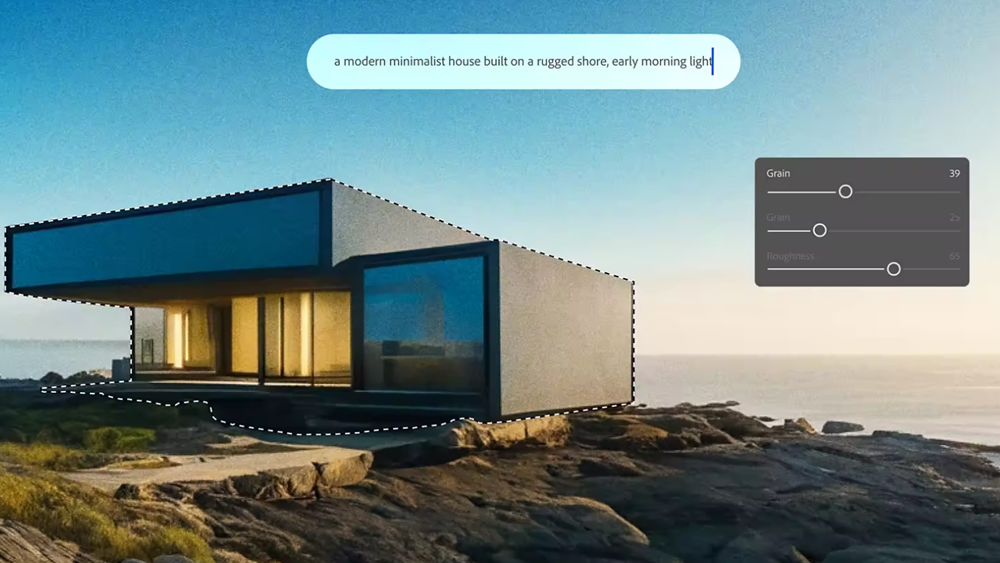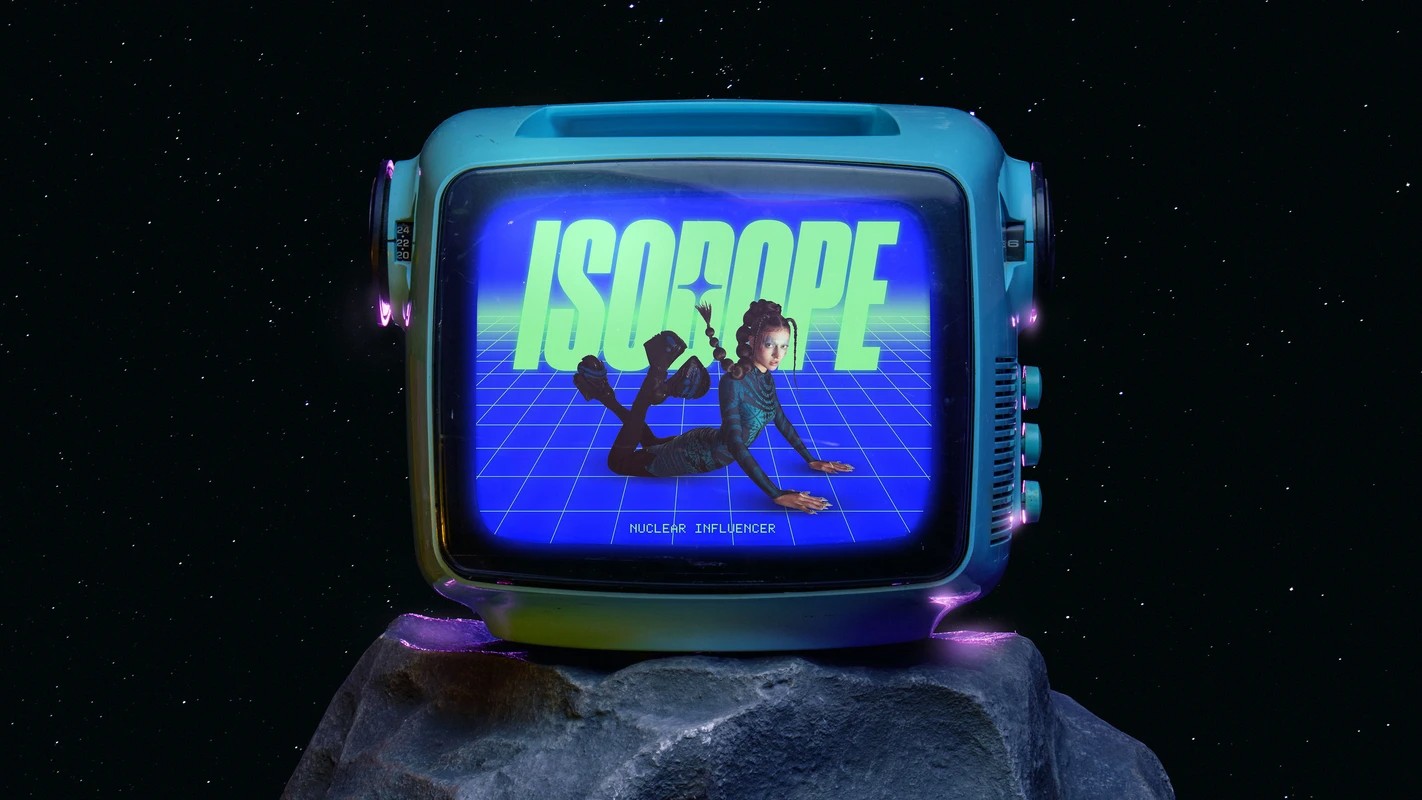
What is AI art? You can't move for stories about AI art now, whether you're looking at the design media or the popular press. This breathtaking new technology is captivating the world and sparking serious debate about the nature of art and the role of artificial intelligence in the creative process.
Here on Creative Bloq, we've been sharing the biggest stories about AI, including the complaints and the controversies. We've also brought you some of the most notable AI artworks, from the world's first AI statue to a creepy live action version of South Park. But if all this is confusing you, maybe it's time to take a step back and ask: what is AI art, actually?
In this article, we'll explain what people mean by AI art, how AI art generators work (see our roundup of the best AI art generators if you want to have a go yourself), how they are being used, and why.
What is AI art? We answer all your burning questions
What is AI art?
AI art, aka computation art or generative art, refers to the creation of any artwork through the use of artificial intelligence programs. This can include artforms like music, photography and video, but in this article we'll focus on 2D and 3D illustrative art.
AI art should not be confused with digital art, which refers to artworks created using any type of digital software. Typically, with digital art, the creator has to employ some level of artistic skill and technique, and understand how to use tools such as Adobe Illustrator.
With AI art, in contrast, you typically only have to type in a text prompt. A finished artwork is then created by generative AI algorithms without any further input needed. You can see what that might look like in the example below.

How do AI art generators work?
AI art generators use sophisticated technologies such as deep learning algorithms and generative adversarial networks (GANs) to create images from text inputs. Typically, the user will enter of a text description of the image they want to create. The software then uses its knowledge of images to generate an image that matches the description. It does so using machine learning algorithms that have been trained on a large amount of data.
During this training period, neural networks analyse a large number of images and learn about their specific features including shapes, textures, brush strokes, colours. This then allows the AI to automatically replicate particular styles, subject matter and so on. Generally, the larger and more diverse the set of images that the AI art generator has been trained on, the more accurate and useful the results will be.
How do you make AI art?
With AI art generators, you don't need to have any art skills: you just need to type a suitable text prompt and the software will generate a finished artwork for you. That said, the more you know about art, the more you'll know what kind of prompts will give you the best results.
A simple prompt might be "A digital painting of a mouse riding a motorcycle through the streets of 1950s London". To refine your image you might then proceed to add specific information to the prompt, such as the kind of colours, painting style, lighting and textures you want to see in the image. For more on this, read our own tutorial on How to use DALL·E 2 and our roundup of the best AI art tutorials on the web.
What are the best AI art generators?
The most popular AI art generators today include Midjourney, Adobe Firefly, Stable Diffusion Online, DALL E 2, DeepFloyd IF, Craiyon, CF Spark7 and ShapeE. These tools are in their infancy, are continually being developed, and can vary hugely in terms of the quality of their output. But on the plus side, most of them are free, or at least have a free tier, so it's easy to try them out and see which you like best. For more information, read our guide to the best AI art generators.

Why is AI art controversial?
AI art is controversial within the art and design professions for two main reasons. Firstly, and most obviously, allowing people to generate art through software means they're less likely to pay someone to create it by hand. And that's inevitably going to lead to job losses and the loss of freelance work to professional artists.
The second reason is that AI art generators are trained on art made by humans. Yet in most cases, these artists have not been compensated for this sampling of their work. And by replicating their style, which they may have taken decades of hard work to develop, AI art generators are arguably carrying out the biggest copyright theft in history.
It all reminds us of the story of how an ageing Pablo Picasso was one day sketching in a park. A woman approached him and asked him to sketch her. The famous artist took one look at her, and dashed off an abstract likeness in seconds. She loved it, and asked how much she should pay. "5,000 francs," he replied. "Why so expensive?" she cried in shock. "It took you less than a minute!" He replied: "No, madame, it took me a lifetime."
The artist community is now in a similar position, on a massive scale. AI art generators are extracting the equivalent of 5,000 francs of value multiple times a second, and yet artists aren't getting a penny (with a few notable exceptions such as Adobe Firefly, which relies on its own licensed stock). A number of court cases are testing out this argument in court, including a lawsuit fronted by three artists including friend of Creative Bloq, Karla Ortiz. You can learn in our article What can be done to stop generative AI art?

How is AI art being used in the design world?
Right now, the design world is wary of AI art due to its questionable quality and the kind of legal and ethical issues referred to above. However, many designers and creative agencies have using it in limited and experimental ways.
Firstly, a number of projects have presented AI artworks as the end product, in an open, self-referential and often ironic fashion. For example, Jessica Walsh used DALLE 2 in partnership with to Brazilian model Isotope to promote nuclear power as a force for good. More cynically, other campaigns such as Virgin's campaign for Made By Dyslexia and a recent ad for KitKat have utilised AI art while poking fun at it (a case of 'have your cake and eat it, perhaps?). AI has also been used in a more functional way: for example, Ogilvy & Mather Italia worked with Nutella to produce unique packaging for seven million jars, for its limited-edition product Nutella Unica.
Secondly, and more significantly, many designers and agencies are incorporating AI into their creative workflows. That's been made even easier by Adobe Firefly's integration into Photoshop. So while the finished artwork is normally still created by humans, AI art generation is being used to speed up the stages along the way, such as brainstorming, idea generation, concepting, prototyping and pitching to clients. For an example of how this works in practice, read our interview with Chris Colman of Final Frontier.
If you want to see how AI can actually help you, see our advice on how creatives are using AI in art and design to augment their workflows.







